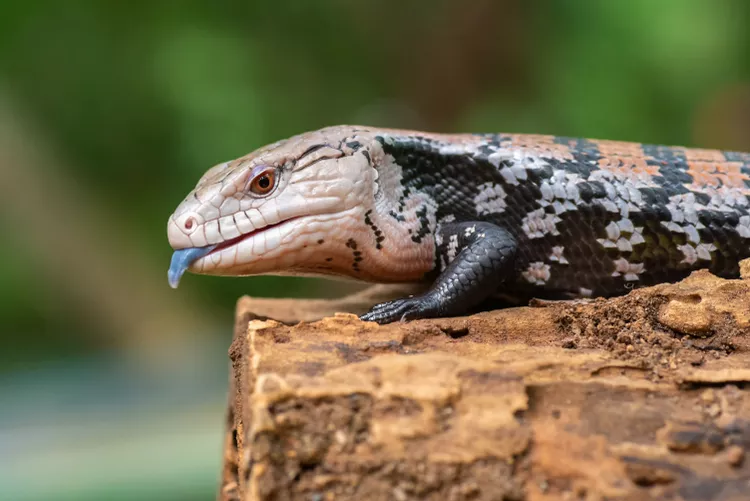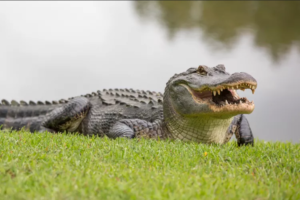Have you ever had a blue raspberry lollipop and developed a blue tongue? Imagine obtaining that continuously.
While the reasons behind some species’ blue or blueish-black tongues are mostly unknown, one suggestion for creatures like blue-tongued skinks is that it deters predators. These eight creatures have strangely colored tongues.
Chow-Chow Dog
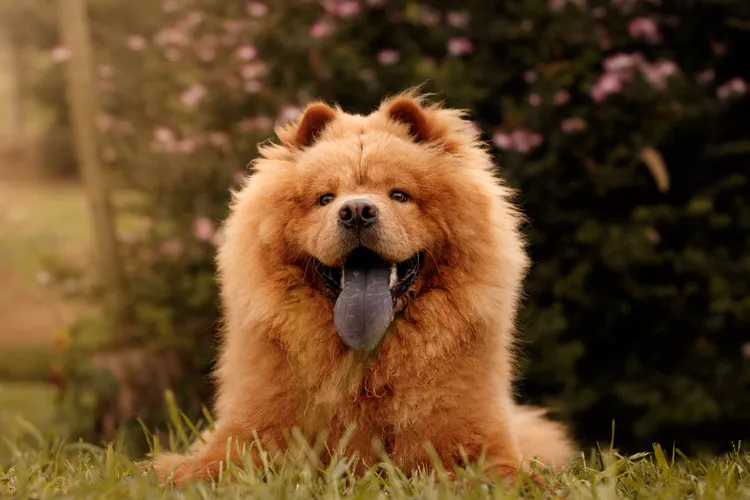
Chinese Chow-Chow dogs are strong, square-built canines with fluffy coats that resemble lion’s manes and dark, black-blue tongues. These dogs are described as “dignified, serious-minded, and aloof,” but only toward strangers; they are devoted to their family members forever. Chow chows have a reputation for being very tidy, much like cats. They have a mild canine odor and are simple to housebreak.
Blue Tongue Lizard
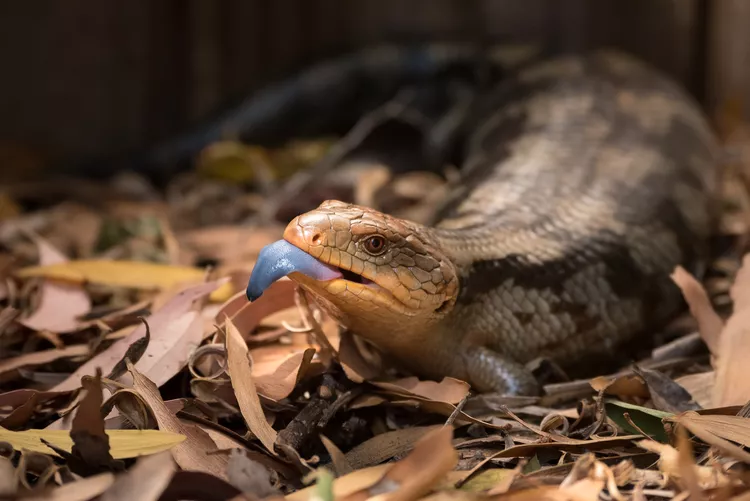
The blue-tongued lizard, sometimes known as a skink, is rumored to utilize its tongue to ward off predators. The rest of its body usually has neutral hues, ranging from cream to grey and brown.
Although these lizards have frightening blue tongues, they are not aggressive. In addition to revealing their tongues when offended, they may also inflate up their bodies, hiss, and even lose their tails.
Giraffe

Many people believe that giraffes have blue tongues because they don’t get much shade above the trees and need to protect themselves from the sun’s rays, according to the Giraffe Conservation Foundation. The impressively long tongues of giraffes, which can measure up to 20 inches (50 cm), are said to contain thick melanin pigments that give them their black hue and serve as a natural sunscreen.
Polar Bears

The black skin of a polar bear, which aids in absorbing heat from the sun, is kind of like an extension of that animal’s tongue. (Since the fur is permeable and reflects light, it seems white.) The tongue is dark in color, though there is some disagreement over whether it is blue or black. The tongues of newborns are pink; as they become older, they become darker.
Okapi
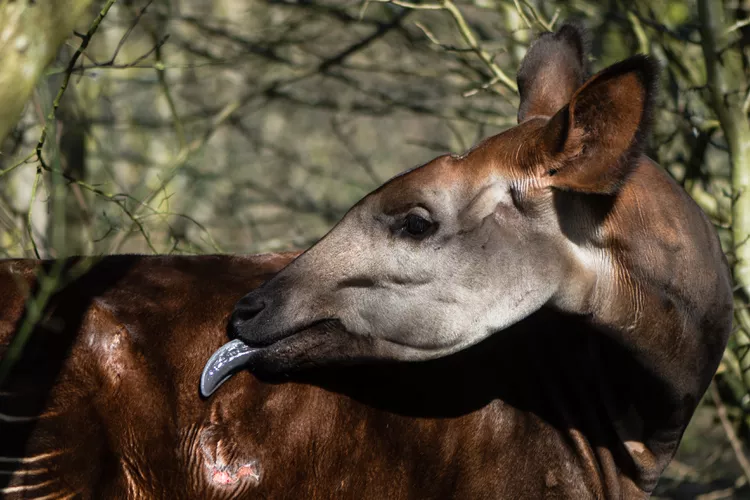
Although it only inhabits the lush and shaded tropical Ituri rainforests of the Democratic Republic of the Congo, the okapi is closely related to the giraffe. It can grasp and peel leaves and vines from branches with the help of its lengthy, dark-colored, prehensile tongue. The okapi’s tongue, which may reach a length of up to 14 inches (36 cm), is used to wipe its eyes, ears, and to ward off pesky insects. Melanin, an ultraviolet protective pigment, is what gives the color blue its hue.

